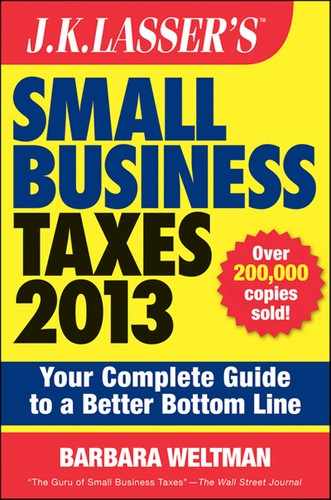Bankruptcy
Bankruptcy, the “b” word, is a last resort for businesses on the ropes that cannot resolve things with their creditors. That was the action that American Airlines took in 2010 and Eastman Kodak took in 2012, and many small businesses have to do the same. Bankruptcy is a legal process that can enable a company to stay in business (“reorganization” where a plan is used to provide partial satisfaction to creditors so the business can emerge after the process with a fresh start) or go out of business in an orderly fashion (“liquidation” where assets are sold and the proceeds used to pay off creditors to the extent possible).
Which Form of Bankruptcy to Use
Your choices for bankruptcy protection depend on how your business is organized (entity type) and whether you want to stay in business if possible.
- Sole proprietors. Owners are treated like other individuals. They can get a fresh start under Chapter 7 of the bankruptcy law, but most are forced to use a payment plan under Chapter 13.
- Family farmers. Farmers can use a simplified reorganization plan under Chapter 12 of the bankruptcy law if debts fall within a certain limit.
- Other business entities. The entities can be liquidated with proceeds distributed to creditors under Chapter 7, or can be reorganized under court supervision to continue operations under Chapter 11. Caution: General partners can be sued by the trustee in bankruptcy if partnership assets fall short of partnership debts.
Which type of bankruptcy solution is best for a business? It depends on the facts and circumstances. Sole proprietors may have no choice but to use the repayment plan, whether or not they continue the business operations.
Other entities may prefer to liquidate if they see the business as a failure (they have no heart for continuing the business); if the market is such that even if economic conditions recover, the business wouldn’t be viable; or if the debts are so overwhelming that restructuring doesn’t make economic sense.
Tax Implications of Bankruptcy
If some or all of your debts are extinguished in bankruptcy, you are not taxed on the discharge (cancellation) of indebtedness.
Bankruptcy can provide some relief from taxes. First, filing for bankruptcy creates an automatic stay on collection activities (the IRS as well as state and local tax authorities must stop hounding you for money). Second, some outstanding taxes can be dischargeable; others cannot. This is a highly complex area and you are advised to work with a knowledgeable tax advisor if you are considering filing for bankruptcy.
Bankruptcy Alternative
If you want to continue your business, you can work with a credit professional to help restructure the company’s debts. This lets you work your way out of debt in a manageable manner and avoid bankruptcy. For example, Corporate Turnaround (www.corporateturnaround.com) negotiates on your behalf with vendors, lessors, credit card companies, and other business creditors to set up a repayment plan that you can handle.
When you are seeking a company to help restructure your debt, look for members of the Turnaround Management Association (www.turnaround.org/Membership/Browse.aspx), an international nonprofit association dedicated to corporate renewal and turnaround management. Members sign a code of ethics to provide professional, competent assistance.
Tax Implications of Debt Forgiveness
If you don’t file for bankruptcy and instead convince creditors to accept partial payment, the amount of debt forgiven is treated as discharge (or cancellation) of indebtedness income. Whether such income is taxable to you depends on whether you are insolvent at the time of the forgiveness (insolvency means your liabilities exceed your assets). If you are insolvent, no tax consequences result from the discharge of indebtedness. If you are not insolvent, the forgiveness is taxable, but you can opt to adjust tax attributes so you’ll effectively pay the tax later. See Chapter 5.
